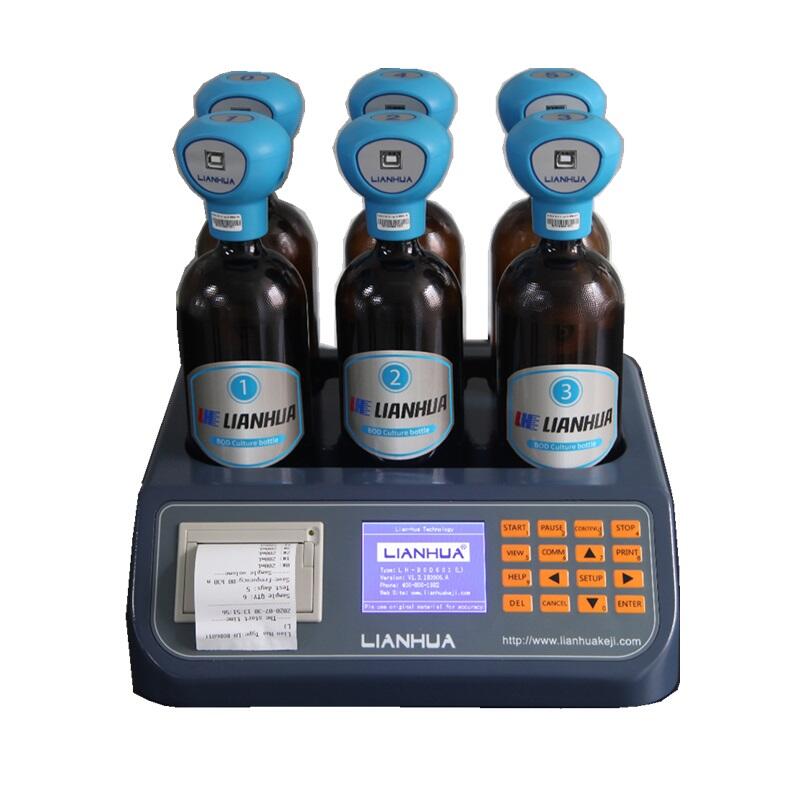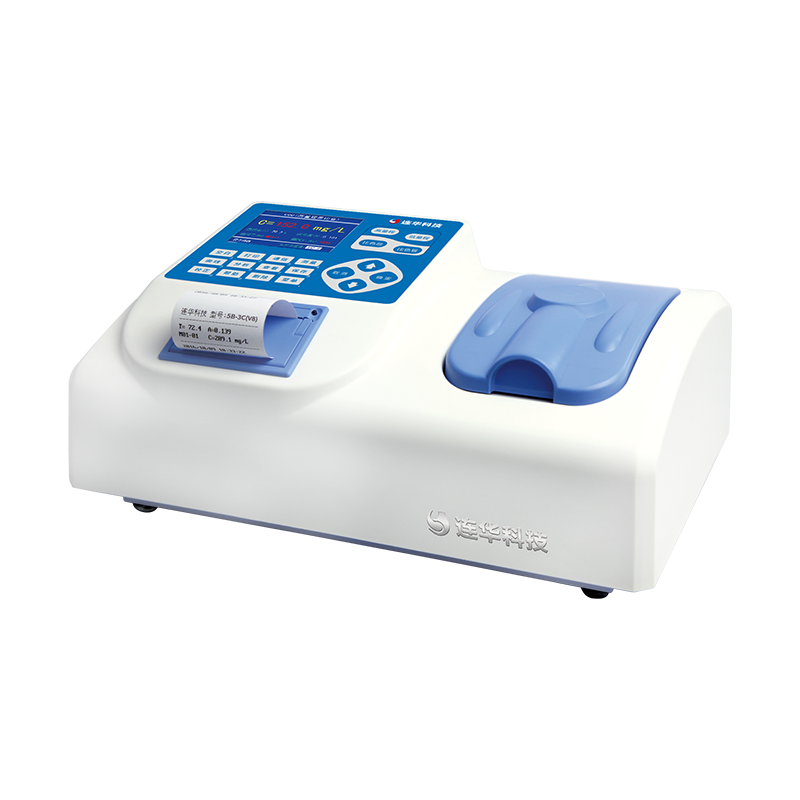How BOD Testing Helps in Determining Water Quality
Understanding BOD Testing and Water Quality Assessment
The Science Behind Biochemical Oxygen Demand
Biochemical Oxygen Demand (BOD) is a crucial indicator used to assess water quality, primarily depicting the presence of organic pollutants. BOD measures the amount of dissolved oxygen consumed by microorganisms while decomposing organic matter in a water sample—a process vital for gauging pollution levels. The microorganisms play a significant role; as they break down organic materials, they utilize oxygen, impacting the water body's health. Elevated BOD levels indicate increased microbial activity, often correlating with pollution, leading to oxygen depletion which adversely affects aquatic ecosystems. Environmental studies, such as those conducted in major rivers, have shown that high BOD values often associate with severe pollution, threatening the biodiversity and sustainability of these ecosystems. The correlations between BOD and pollution severity are well-documented, emphasizing the importance of regular BOD testing for effective environmental management.
Why Organic Matter Measurement Matters
Measuring organic matter is essential due to its impact on oxygen levels in aquatic environments. Organic materials contribute to oxygen depletion, as microorganisms consume oxygen during decomposition. High BOD levels signal a decline in water quality, affecting aquatic life significantly, as many species rely on dissolved oxygen for survival. According to the Environmental Protection Agency, stringent monitoring of organic matter in wastewater is critical to maintain healthy water quality standards. Regulatory frameworks mandate BOD measurements to ensure environmental safety and compliance with water quality standards. For instance, in the United States, the Clean Water Act requires industries to regularly test BOD levels to prevent ecological degradation by tracking and managing pollution sources effectively. These regulations are pivotal for safeguarding aquatic ecosystems from the detrimental effects of excessive organic pollution.
How BOD Testing Works to Evaluate Water Pollution
Step-by-Step BOD Analysis Process
Biochemical Oxygen Demand (BOD) testing is a critical component in evaluating water pollution. The process begins with the meticulous collection of water samples, ensuring that they are stored at a consistent temperature to prevent the growth or death of microorganisms. Following collection, the sample undergoes dilution to ensure it falls within measurable BOD ranges. Next, the sample is incubated at a controlled temperature, typically 20°C, for a set duration to allow microorganisms to degrade the organic material. The final step involves measuring the dissolved oxygen (DO) levels before and after incubation to calculate the BOD.
Factors affecting BOD test results include temperature, as it influences microbial activity, and light, which could alter algal growth, thereby impacting DO levels. Furthermore, the test's incubation duration is crucial, typically set at five days to align with industry standards, like those from the Environmental Protection Agency (EPA). Key steps in the BOD testing process are as follows:
- Collect water samples for testing.
- Dilute samples and store them at a controlled temperature.
- Incubate samples for five days at 20°C.
- Measure initial and final DO levels to calculate BOD.
Interpreting Dissolved Oxygen Consumption Results
Understanding the results of dissolved oxygen consumption in BOD tests is essential for assessing water pollution levels. The test measures the amount of oxygen consumed by microorganisms over time as they break down organic matter. Higher BOD values indicate significant organic pollution, reducing DO availability for aquatic life, while lower values suggest cleaner water with healthier ecosystems. Therefore, these results are instrumental in setting environmental standards and objectives.
Research, such as studies conducted by environmental agencies, establishes the importance of accurate DO assessments, showing that discrepancies in results can arise due to varying aquatic environments. For instance, a study published in the "Journal of Environmental Quality" highlighted how BOD levels are consistently high in polluted urban waterways compared to pristine conditions in rural areas. However, it's worth noting that while BOD testing is vital, it has limitations—variable factors like temperature and presence of certain chemicals can lead to discrepancies, necessitating additional measurements for comprehensive water quality assessment.
Key Applications of BOD Testing in Water Management
Municipal Wastewater Treatment Compliance
Biological Oxygen Demand (BOD) testing is vital for ensuring compliance with regulatory standards in municipal wastewater treatment. Cities consistently monitor BOD levels to mitigate pollution, aligning their practices with environmental laws. These BOD tests are part of the larger framework of water quality regulations that ensure treated wastewater remains non-toxic to natural aquatic environments. For instance, the strict limits on BOD have led to improved wastewater treatment success rates, with many municipalities reporting compliance rates above 95%. According to environmental agencies, failure to comply with these standards can result in severe penalties, including fines and mandatory operational changes. The importance of BOD testing in municipal settings underscores its role as a keystone in sustainable urban water management.
Industrial Effluent Monitoring Strategies
BOD testing is also essential in managing industrial effluent to minimize environmental impact. Industries are under pressure to monitor and reduce BOD levels in their effluent to adhere to national and international environmental guidelines. Implementing strategies such as pre-treatment processes, regular monitoring of effluent, and adopting cleaner technologies can help industries maintain permissible BOD levels. Notably, industries in the manufacturing sector have leveraged BOD analysis to enhance their sustainability practices. Many have achieved significant reductions in their environmental footprint, demonstrating their commitment to eco-friendly operations. Relevant guidelines, like those from the Environmental Protection Agency, mandate industries to conduct regular BOD testing as part of their operational certifications. These strategies are crucial for ensuring that industrial operations safeguard the environment while maintaining compliance with legal standards.
Advanced BOD Testing Equipment for Reliable Results
Laboratory 1-30 Days Biochemical Oxygen Demand (BOD) Analyzer LH-BOD601
The Laboratory 1-30 Days Biochemical Oxygen Demand (BOD) Analyzer LH-BOD601 is designed for efficient and precise BOD testing. This versatile analyzer accommodates simultaneous testing of 1-6 water samples, offering a measurement range of 0-4000 mg/L. Its user-friendly features include an adjustable culture period of 1-30 days and automatic data printing. The inclusion of an HC LCD display ensures clarity with sample values displayed in distinct colors, aiding in quick analysis. The LH-BOD601 also supports an extensive data storage capacity capable of holding 20 years of data.
COD Rapid Tester 5B-3C(V8) for Complementary Analysis
Integrating COD testing alongside BOD assessments enriches the comprehensive analysis of water quality. The COD Rapid Tester 5B-3C(V8) is a pivotal tool for this dual approach. It delivers swift and accurate measurements of chemical oxygen demand in varied water types, including surface and industrial wastewater. Key features such as a 3.5-inch LCD screen and an independent dual optical system enhance usability and accuracy. Additionally, its self-calibration capability simplifies the testing process and results in more reliable data. The use of COD testing in conjunction with BOD provides a fuller understanding of water quality dynamics, allowing for improved environmental monitoring and resource management.
Frequently Asked Questions (FAQs)
What is Biochemical Oxygen Demand (BOD)?
BOD is a measure of the amount of oxygen that microorganisms require to break down organic matter in water. It is an important indicator of water pollution levels.
Why is BOD testing important for water quality assessment?
BOD testing helps identify the presence of organic pollutants in water, which can deplete oxygen levels and harm aquatic ecosystems.
How is BOD testing performed?
BOD testing involves collecting water samples, diluting them, incubating them at a controlled temperature, and measuring dissolved oxygen levels before and after incubation.
What are the key regulatory standards for BOD levels?
Various environmental agencies, like the EPA, have set limits on BOD levels to ensure the safety and health of water bodies. These standards help protect aquatic life and ecosystems.
How does BOD testing differ from COD testing?
While BOD measures the oxygen demand by microorganisms over time, COD provides a measure of the total quantity of oxygen required to oxidize all organic material in the water. Both are used to assess water quality, but COD results are typically quicker than BOD.



